На севере Ирана, в Иранском Туркменистане, в провинции Голестан есть город Гонбад-е-Кавус. То есть Башня Кавуса, в переводе с фарси. История этого города теряется в глубине веков. Населявший эти края народ – гирканцы – славились, как отважные и умелые воины. Отряды гиканцев в составе армии Великой Парфии не раз громили непобедимые легионы Древнего Рима.
В 928 году здесь воцарилась династия Зияридов. Её история пока изучена плохо – мы даже не знаем как в те времена назывался город, находившейся в 3-х километрах на юг от современного города Гонбад-е-Кавус.
Начало династии Зияридов положил Мердавидж ибн Зийяр, начавший чеканить собственные золотые монеты в знак полной независимости от халифов далёкого Багдада.
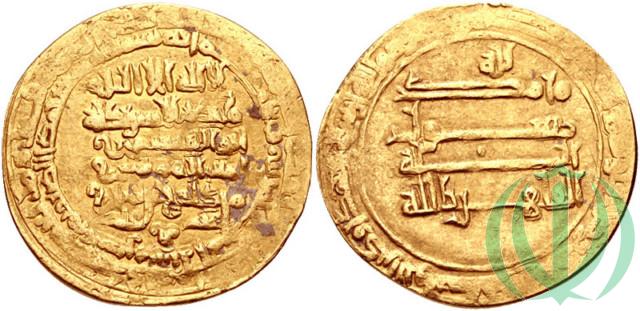
Потомок Мердавиджа – Кавус ибн Вушмагир в 1006 году завершил строительство высокой и величественной кирпичной башни. Ничего подобного здесь ещё не видели. Старинная легенда гласит, что это была усыпальница, в которой тело умершего владыки покоилось в стеклянном гробу, подвешенному к потолку башни. Так это или нет – сейчас никто не знает, но надпись на башне гласит: “Эту высокую башню для принца Шамс-уль-Маали, эмир Кавус ибн Вушмагир приказал построить при его жизни, в 397 году лунной Хиджры или 375 году солнечной Хиджры.”
Башня Кавуса находится в центре города, на холме в очень красивом парке. Её высот 55 метров, а вместе с платформой – 72 метра. Она прекрасно сохранилась. В 2012 году башня признана объектом Всемирного наследия ЮНЕСКО. Причём, ей присвоен критерий i – как шедевру человеческого гения.
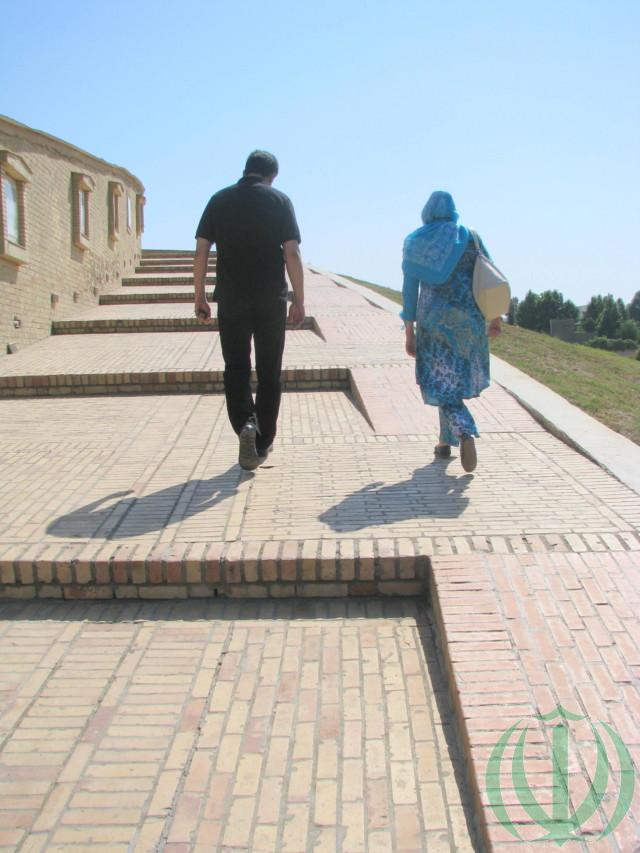
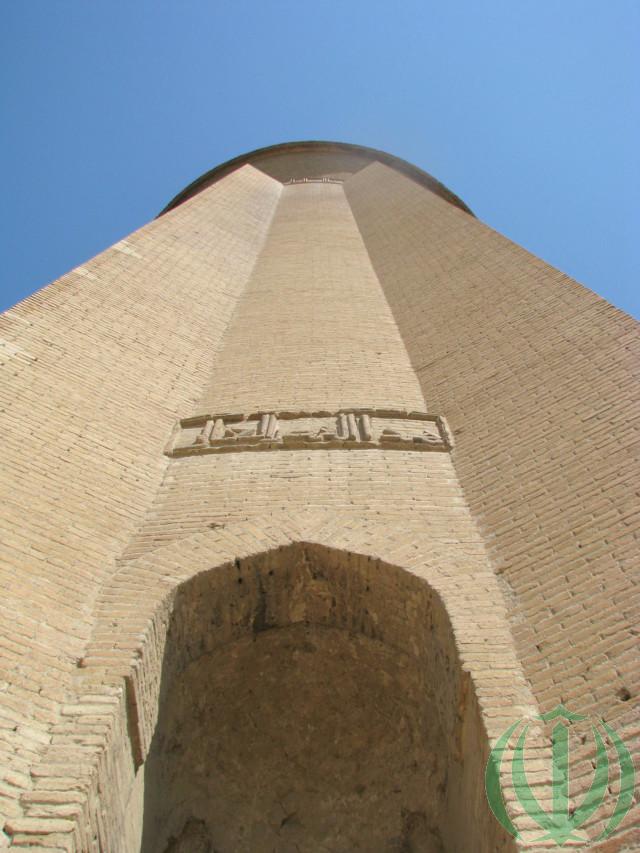
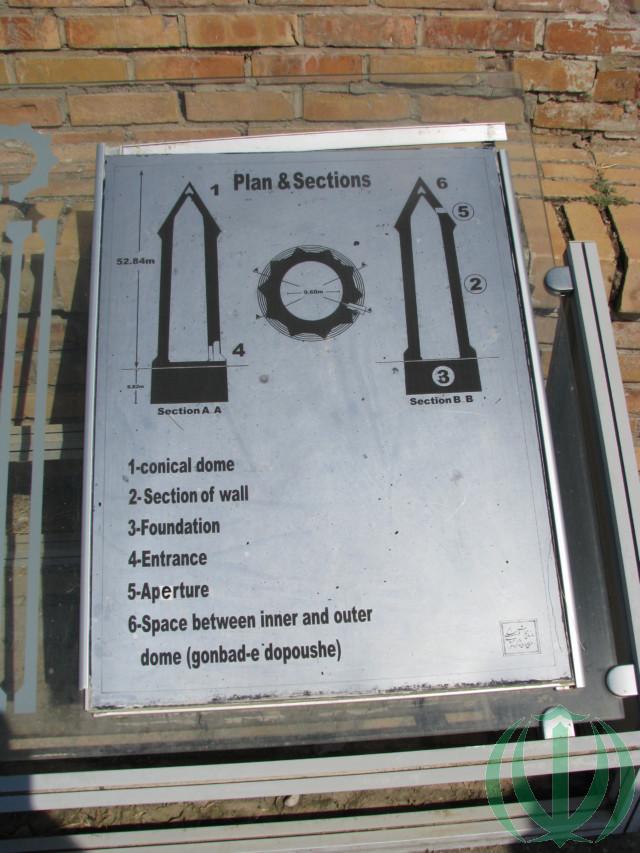
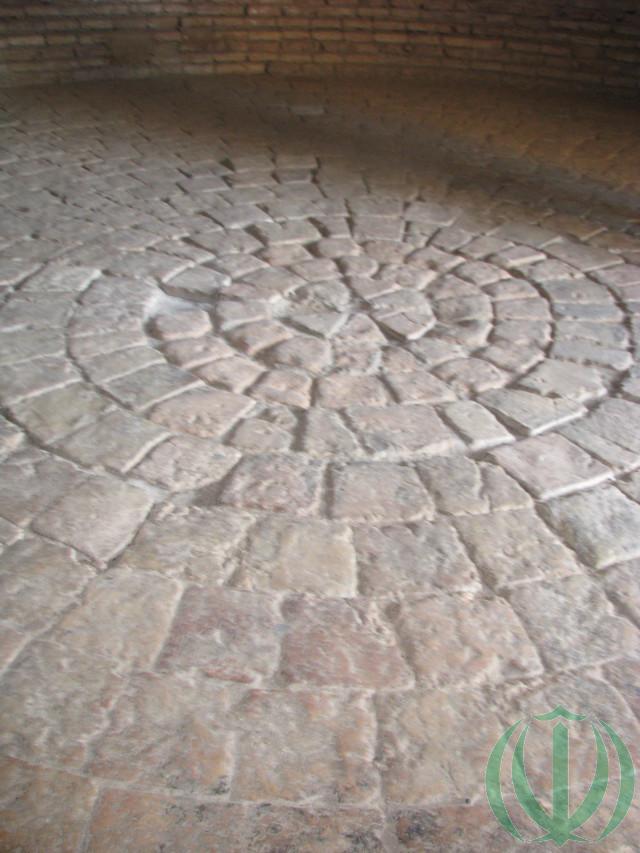
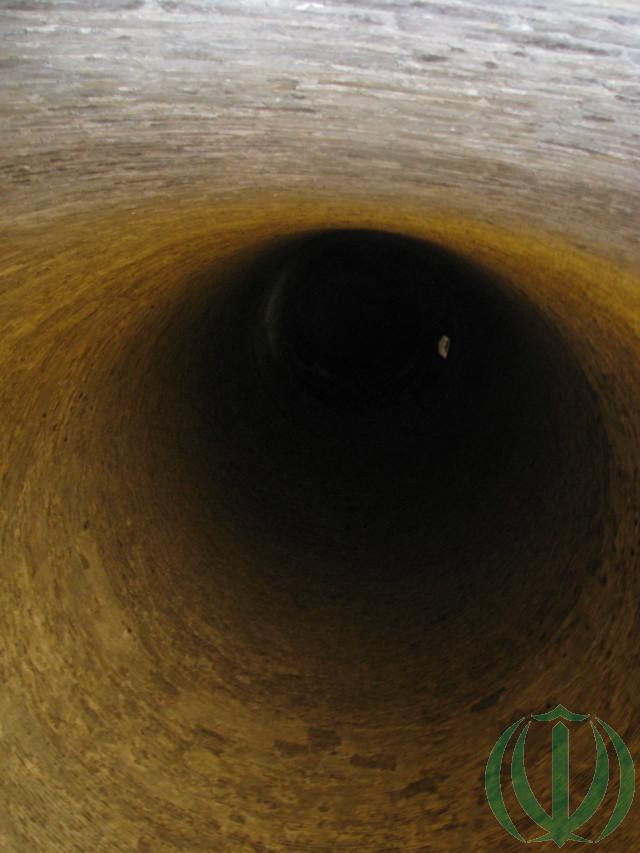


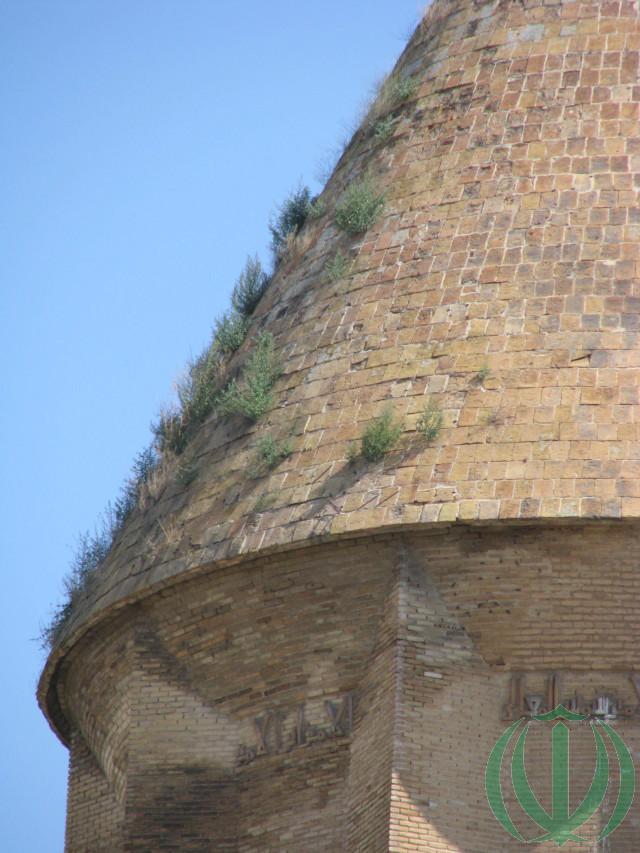
От административного центра провинции Голестан до города Гонбад-е-Кавус около 100 километров. Дорога, как и везде в Иране – прекрасная. Входной билет для осмотра башни стоит 200.000 реалов (5 евро).
Климат в шахрестане Гонбад-е-Кавус – сухие субтропики. Здесь ныне дружно живут иранские туркмены и хорасанские персы, занимаясь субтропическим сельским хозяйством, ковроткачеством и скотоводством. В перспективе, важной отраслью местной экономики может стать туризм, в том числе и зарубежный.
Я и Мария Пири премного благодарны нашему горганскому другу Фередуну Сакали за организацию этой замечательной экскурсии.
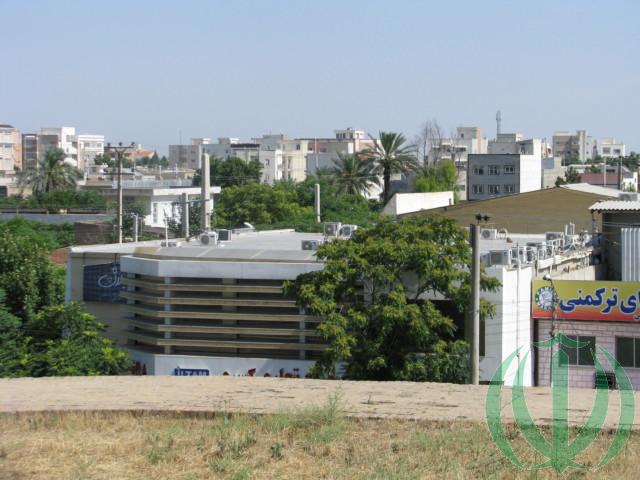
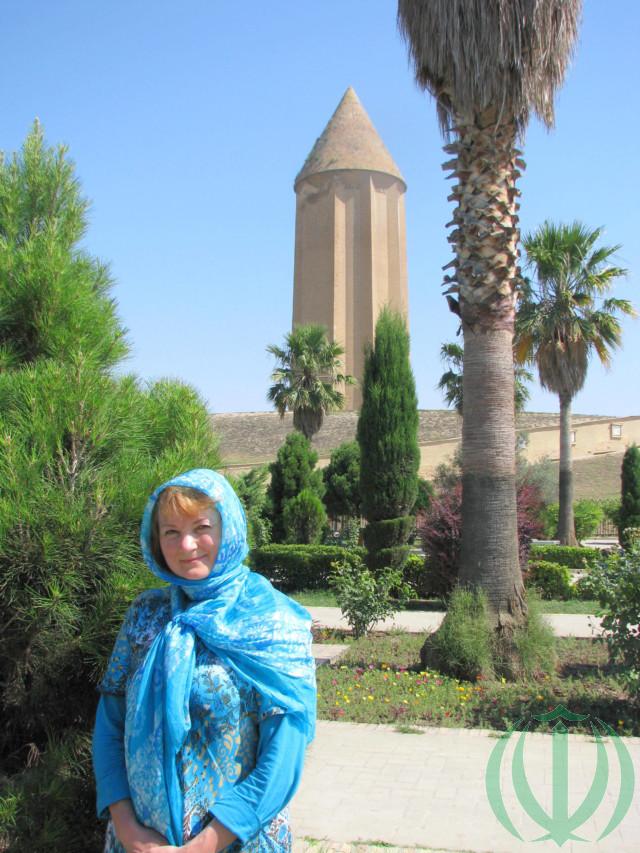
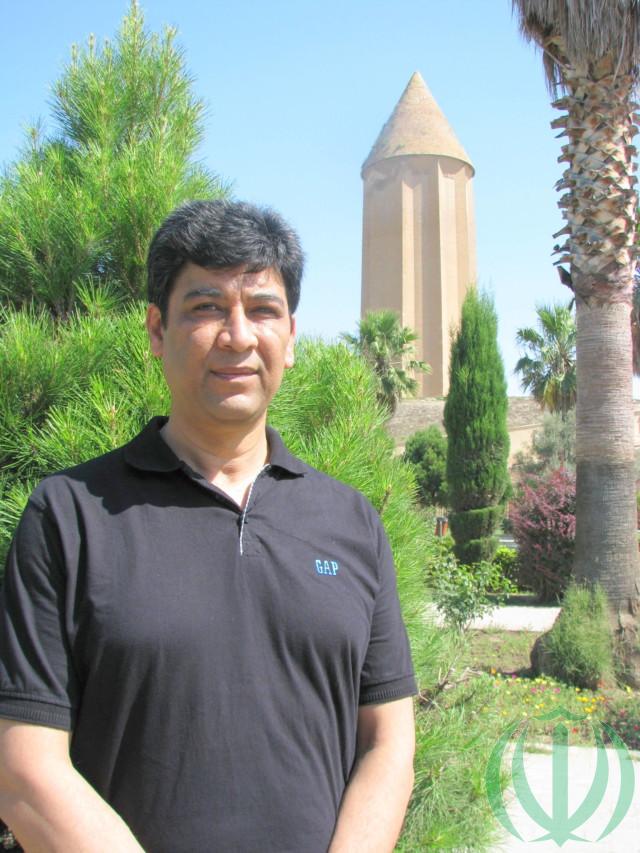
…Покидая провинцию Голестан, мы не прощались. Нас ещё ждут Великая Горганская стена и другие, не менее интересные памятники этого древнего края. И пока ещё не расцвели цветы, которые мы возложим на могилу поэта Махтумкули, великого певца этой земли…
В память об этом гостепреимном крае звучит весенняя песня туркменских пастухов
The Tower of Cavus
In the north of Iran, in Iranian Turkmenistan, in the province of Golestan, there is the city of Gonbad-e-Cavus. That is, the Tower of Cavus, translated from Farsi. The history of this city is lost in the depths of centuries. The people inhabiting these territories – the Hyrcanians – were famous, as brave and skilful warriors. The detachments of the Giants in the army of Great Parthia were repeatedly defeated by the invincible legions of Ancient Rome.
In 928 the dynasty of the Ziyarids was established here. Its history has so far been poorly studied – we do not even know how the city was called at that time, 3 km south of the modern city of Gonbad-e-Qavus.
The beginning of the Ziyarid dynasty was laid by Merdavid ibn Ziyyar, who began to mint his own gold coins as a sign of complete independence from the Caliphs of the distant Baghdad.
The descendant of Merdavij – Cavus ibn Wushmagir in 1006 completed the construction of a high and majestic brick tower. Nothing like this is seen. An ancient legend says that it was a burial vault in which the body of the deceased lord was resting in a glass coffin hung to the ceiling of the tower. So this or not, no one now knows, but the inscription on the tower reads: “This eminent tower for Prince Shams-ul-Maali, Emir Cavus ibn Wushmagir ordered to build during his lifetime, in 397 the lunar Hijra or 375 of the solar Hijra.”
The tower of Cavus is in the centre of the city, on a hill in a very beautiful park. Its height is 55 meters, and together with the platform – 72 meters. It is perfectly preserved. In 2012, the tower is recognized as a UNESCO World Heritage Site. Moreover, she was given the criterion i – as a masterpiece of human genius.
From the administrative centre of the province of Golestan to the city of Gonbad-e-Cavus about 100 kilometres. The road, as elsewhere in Iran – is beautiful. The entrance ticket for the inspection of the tower costs 200,000 reais (5 euros).
The climate in Shahrestane Gonbad-e-Cavus – dry subtropics. Here, the Iranian Turkmens and Khorasan Persians live together, engaged in subtropical agriculture, carpet weaving and cattle breeding. In the future, tourism, including foreign ones, can become an important branch of the local economy.
I and Maria Piri are very grateful to our Gorgan friend Feredun Sakali for organizing this wonderful excursion.
… Leaving the province of Golestan, we did not say goodbye. We are still waiting for the Great Gorgan wall and other equally interesting monuments of this ancient land. And flowers have not yet blossomed, which we will lay on the grave of the poet Makhtumkuli, the great singer of this land…
In memory of this hospitable region sounds a spring song of the Turkmen shepherds



0 Comments